How to build brands AI can't copy
Ragged Edge’s Max Ottignon on intentionality, algorithmic blandification, and why AI takes the edges off
Welcome to Elea.notes, a newsletter about AI, writing and creativity. Sign up if you haven’t.
🍷 At a dinner last night, I was happily surprised to meet some frequent readers of this newsletter. This was a dinner for communications professionals, and AI was high on the agenda.
🎨 Communications’ close cousins in navigating how AI is changing storytelling are brand experts.
✨ That’s why I’m excited to share my conversation with Max Ottignon, co-founder of global branding agency Ragged Edge, which has worked with Wise, Monzo, and Tilt, among others. (Full transparency: Ragged Edge also rebranded Bek Ventures, where I’m an advisor.) Max is a frequent voice on design and branding and has strong views on how to stand out in the age of algorithmic sameness.
Key takeaways from our conversation:
Brand is all about making choices, but AI gives you infinite choice.
AI adds a layer of obfuscation between creator and audience, diluting intent and “taking the edges off.”
Long-term brand distinctiveness comes from committing to a core idea. Competitors can copy aesthetics, but they can’t copy the idea that makes you, you.
EW: Let’s start with a simple question: what is brand?
MO: Your brand is a shared idea about your product, service, or organization. The Bezos quote, “Your brand is what people say about you when you’re not in the room,” is kind of true, but it’s not what people say — it’s what people think. It’s that shared idea that they have — and it might be subconscious.
EW: We’ve seen AI tools emerge that have made it easy to create the components of a brand, like logos or taglines. What does that mean for brand building now?
MO: You could ask AI to make your logo, but it’s actually really hard to make anything good, whether that’s good writing or good design.
Even were we to accept that it is easy, the challenge with AI is that it gives you infinite choice. But building and creating a brand is about making choices. Decisions like, “What is this brand going to be about?” “How am I going to represent this brand?” “What assets am I going to create and commit to?” It’s all about intentionality and commitment, with human agency at the center.
“The challenge with AI is that it gives you infinite choice. But building and creating a brand is about making choices.”
EW: And of course, AI can’t replace that, because it does not have intent.
MO: When you look at any piece of AI-generated creative, it’s superficially impressive. Then you dig into it, and often it feels empty. That emptiness is a consequence of an emptiness of intent, I think.
EW: Some people argue that audiences will pick up on this emptiness, and that will be a bulwark against the widespread use of AI in creative. But I’m not so sure.
MO: I think that’s one of the things that we want to believe, rather than something that is necessarily always going to be true.
I find the certainty about AI problematic, and that goes both ways. Some say, “AI will never be able to do this.” Others say all agencies will be dead in 12 months. In our industry, keeping an open mind about this is really important. What is true today won’t necessarily be true tomorrow. And people who have high levels of conviction about what AI will do are generally trying to sell you something.
EW: You’ve talked about algorithmic blandification—I love this expression. Do you see this happening already? How can we avoid it?
MO: We all are seeing it, aren’t we? It’s what the algorithm rewards: more of the same, predictability, and the path of least resistance.
The algorithm wants quantity. And how do you create quantity? You make stuff fast. That means doing things the easiest way possible. So how do you combat that? You have to be intentional, and you have to think harder and put more effort and more craft into it than everybody else.
You also have to remember that the way to get noticed is by doing things that are different from what everybody else is doing. People think that the point of a brand is short-term sales conversion. But that’s performance marketing. The point of a brand is to get noticed and remembered, so that over time, the customer is more likely to choose it when they’re in the market or ready to buy.
“The point of a brand is to get noticed and remembered, so that over time, the customer is more likely to choose it when they’re in the market or ready to buy.”
EW: So that requires not just being distinctive, but thinking long-term.
MO: One of the things I think about a lot is how to create something that is uncopyable. Because if you want it to work long term, you need to create something distinctive over time, not just distinctive in the moment.
I think the way you do it is you make sure that everything you’re doing is based on an idea that you can commit to and own. Then you make every decision designed to communicate that idea.
To give an example, with Wise, it was all based upon an idea: the world’s money. In every single creative decision, we thought, “How do we express that?” We made what we call ‘tapestries,’ a sort of abstraction of the world’s money. We created a global typeface that felt influenced by different cultures. The color was green, the color of the world’s money.
The launch was very successful and very popular, and then people started to copy the aesthetic, but they didn’t copy the idea. They can’t copy the idea because their business hasn’t committed to that idea elsewhere.
EW: I feel like many creatives have their heads in the sand about AI, which is a shame. No matter what we think of its capabilities, we should engage.
MO: My experience working with world-class creative people here is that they find the technology frustrating, because you can get something faster, but it’s never quite what they want, and you don’t have as much agency over the output, because by its nature, it’s probabilistic and unpredictable. That might change in the future, but it’s a long way off.
EW: Yes, I’ve tried to use AI a lot for my creative writing, and been mostly frustrated by the experience.
MO: Creativity is an act of self-expression, emphasis on the word self. You’re trying to communicate something that you feel or believe.
The more you put between the audience and yourself, the less it’s going to be about you. In lots of ways, AI is an obfuscator. For example, when someone tries to write an email with AI, you have to decode it: what is the thing that this person actually wants, rather than the thing that the AI thinks it wants?
EW: It’s similar to how many people rely on jargon in corporate contexts. It’s a cushion between them and whoever they are communicating with that helps them feel comfortable.
MO: Exactly. For example, we received some client feedback that had been collated by AI. We’re like: “What’s the actual feedback?” It was vague, with that layer of obfuscation over the top.
EW: If you are using AI tools to add that layer of obfuscation, you’re doing the opposite of what it takes to build a brand. As you said, it’s about standing out.
MO: Yes, it’s the same as diluting the message and the intent. It’s very similar to if you create something and test it. Testing tends to round off the edges, and you end up with something much less impactful—a Marvel movie instead of an A24 movie. It’s the same with AI: it takes the edges off.
EW: How do you take your clients on the journey to understand what makes a brand great when they may not have had exposure to the process before?
MO: A big part of the job is helping people understand not what we’re doing, but why we’re doing it. As soon as it just becomes, “I like this,” “I don’t like this,” it’s just opinions about aesthetics. We try to keep it objective and strategic. What is the commercial result we’re trying to create? What is the idea we need to create in people’s minds in order to deliver this result? And then, how do we communicate that idea through visual, verbal or sonic assets?
EW: I think that engaging with AI and experimenting with it has kept me grounded and helped me understand both its limits and the value of the work I do.
MO: The Sam Altmans of this world have an extremely simplified understanding of what creativity is, and AI delivers against their simplified vision. But the reality of what we do is impossibly complex.
It would be crazy to say that AI is not helpful, but you must learn when those instances are, and when not to allow it to just send you down a rabbit hole of mediocrity.
There’s a great quote from the Vice President Design of Wise, Josh Payton: “AI will make good designers better and bad designers faster.” The same is true with all creatives.
Next steps: This week, observe algorithmic blandification in action. Which brands look interchangeable? Which ones stand out, and why?
📖 Reading this week:
Cory Ondrejka, CTO of SmartNews, has a response to my piece about why writers struggle with AI. He thinks I draw a false dichotomy between tech/non-tech, and the real difference is between people used to individual creation vs. collaboration.
More wisdom from Max: If AI companies are spending so much on brand, why do their interfaces all look the (boring) same?
Research from the Reuters Institute for the Study of Journalism shows that many GenAI users have only used the tools once or twice.
Thank you for reading! See you next week. If you were forwarded this email, subscribe below.



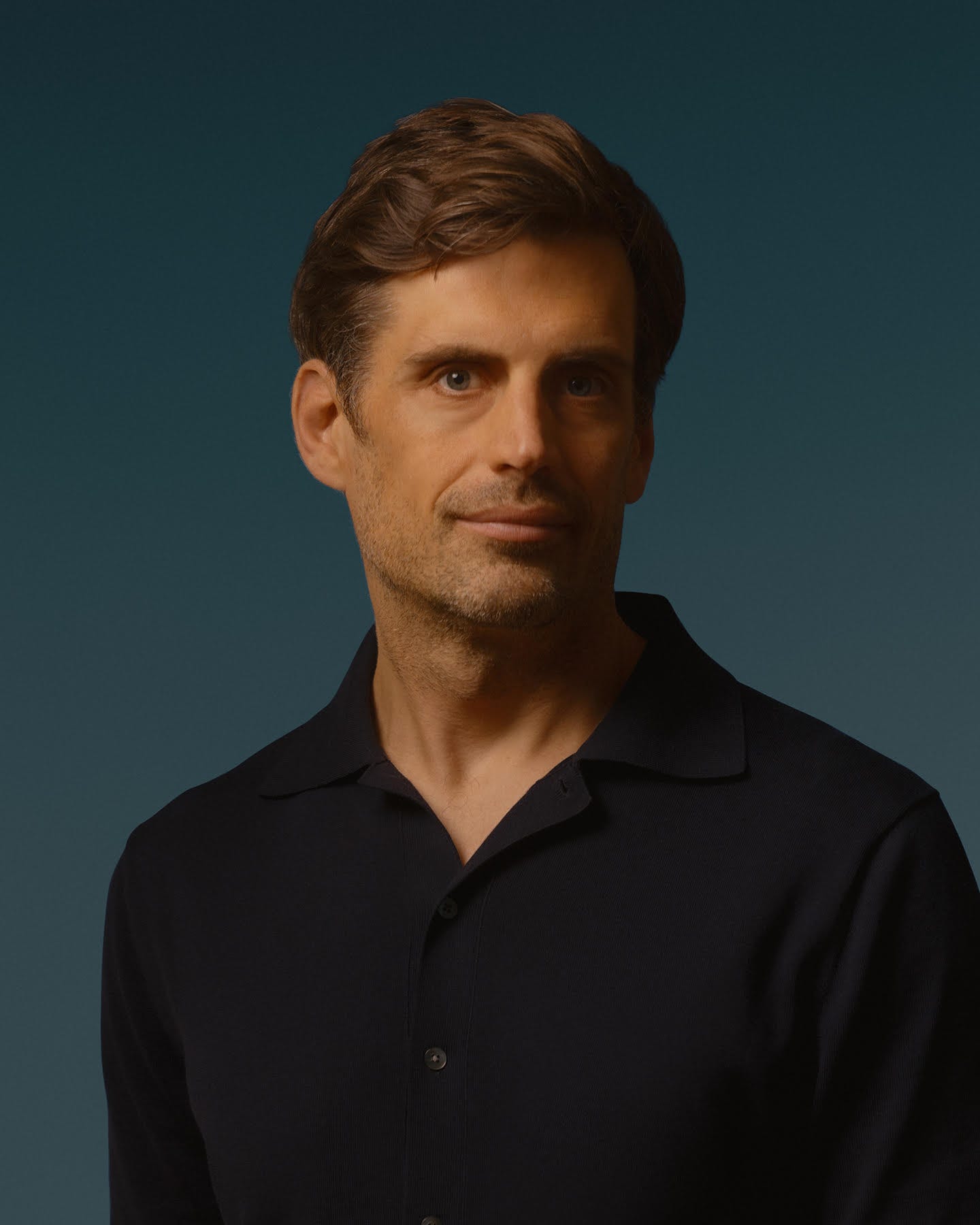
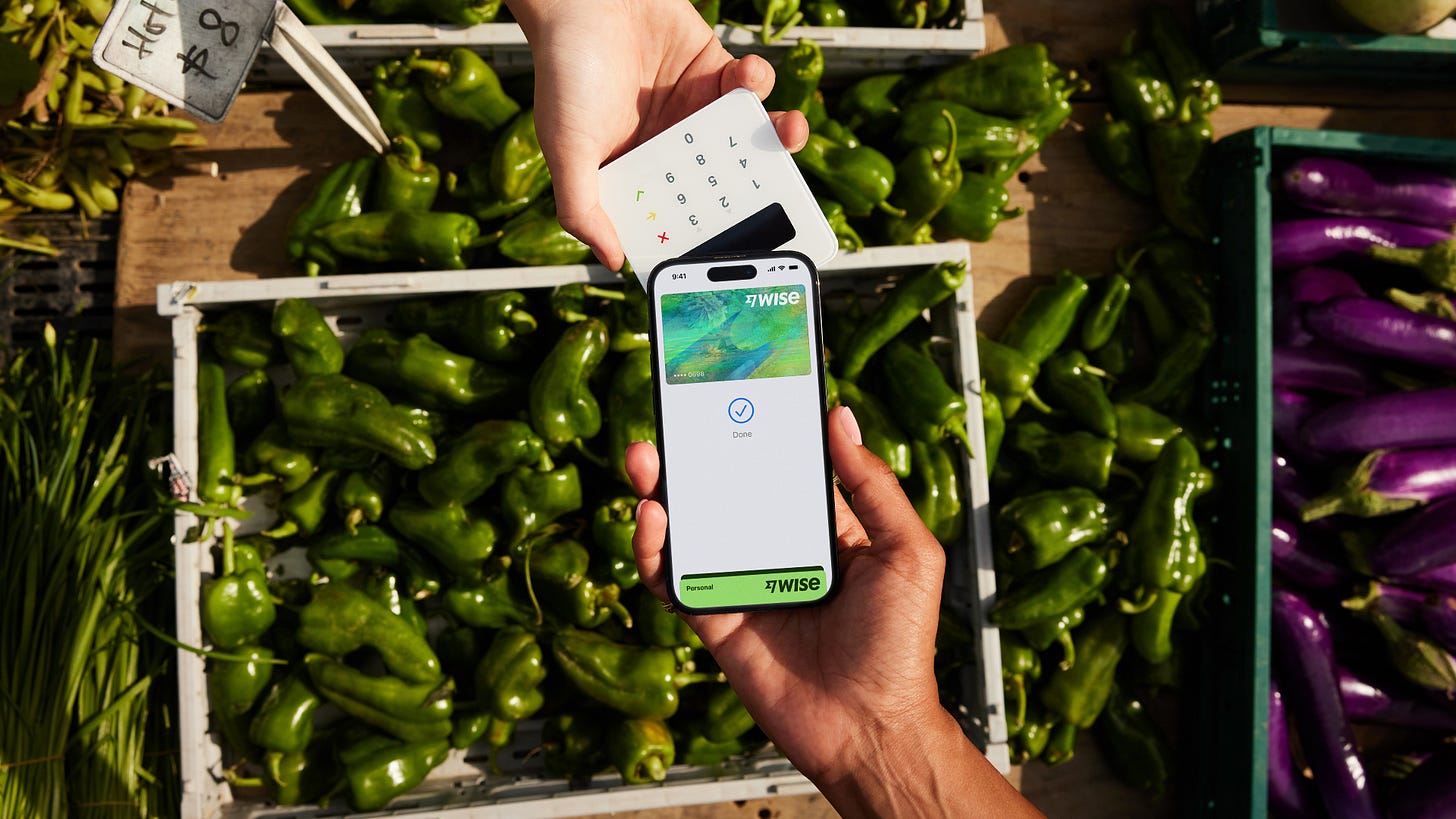
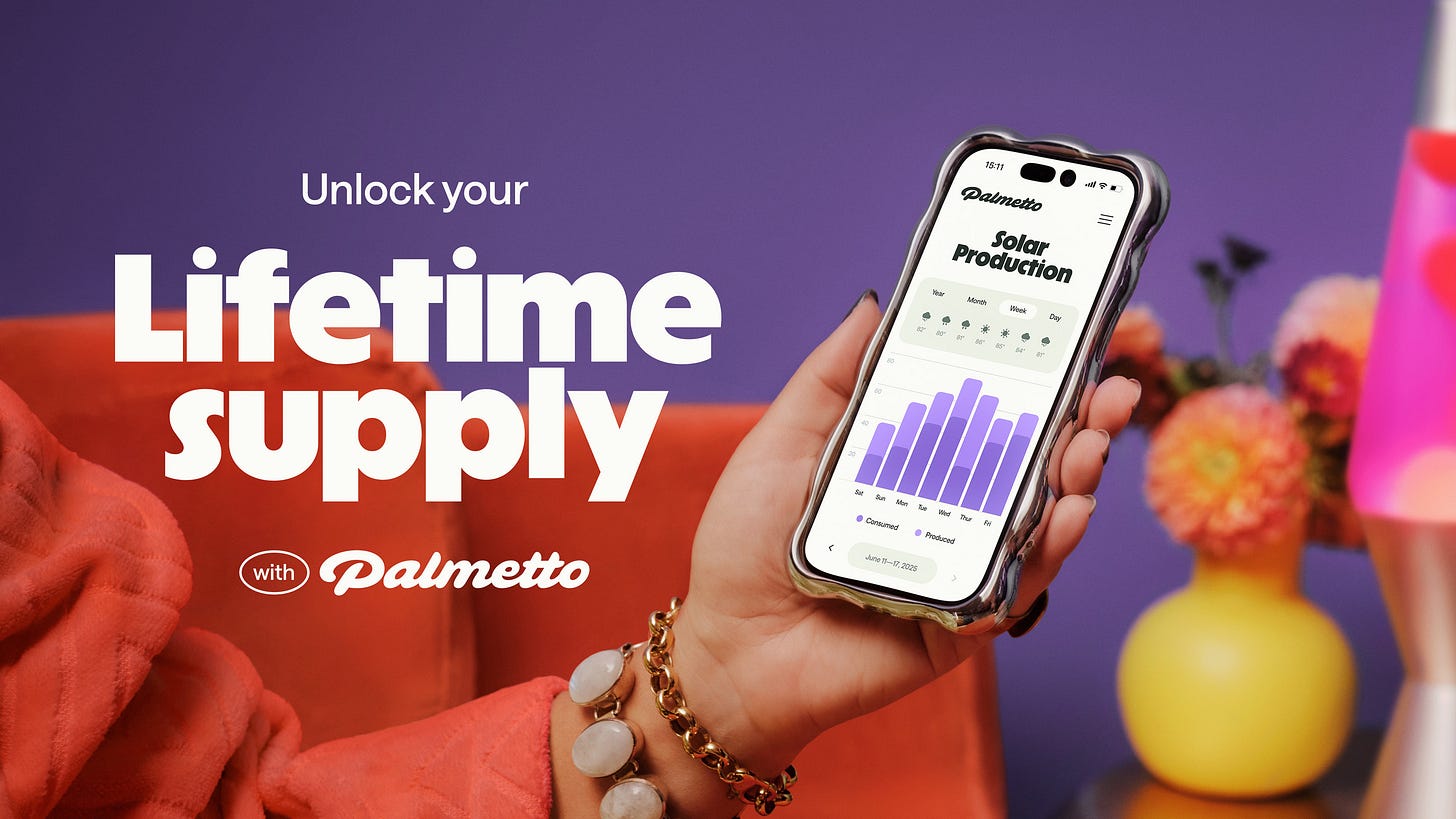
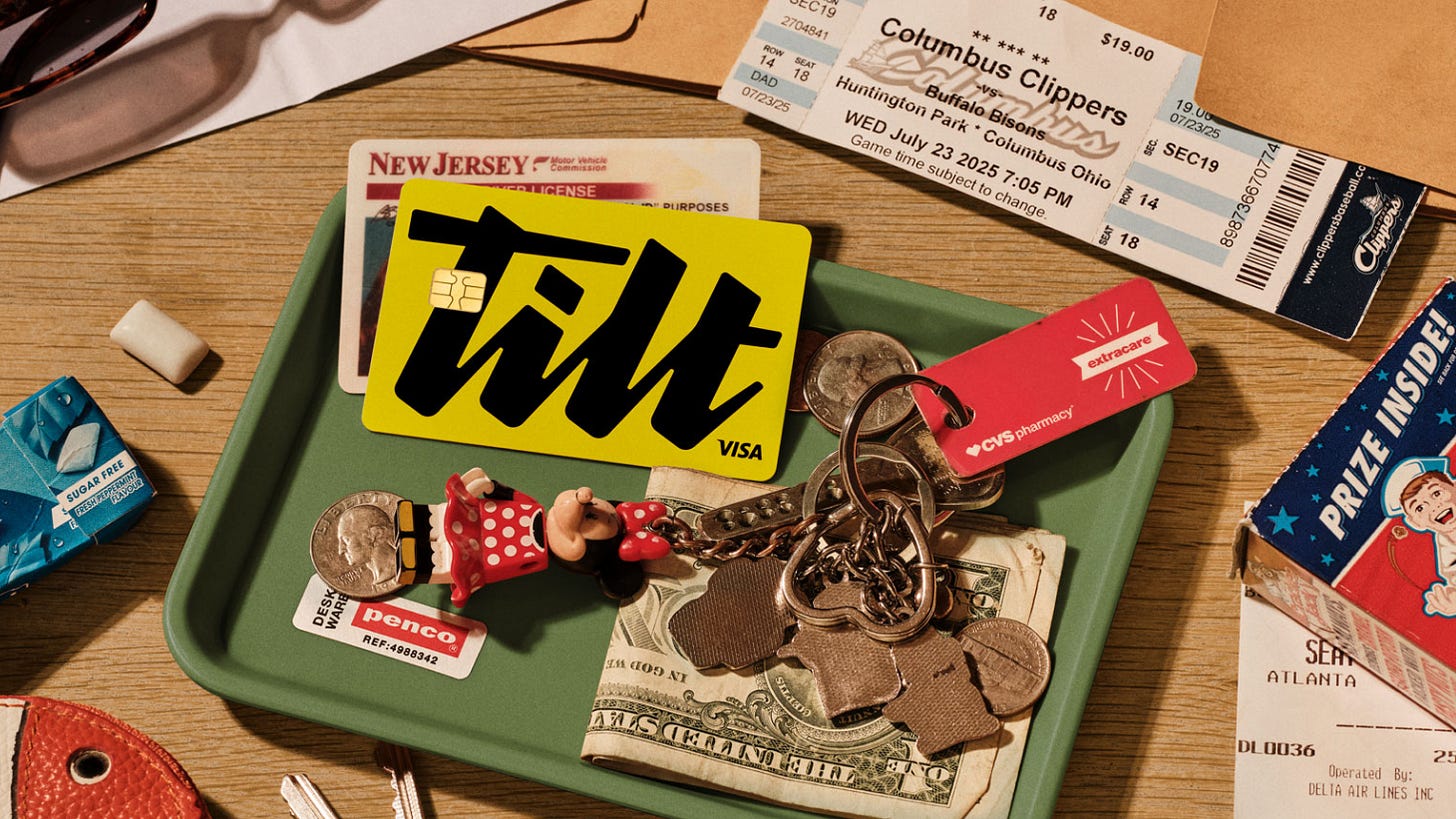
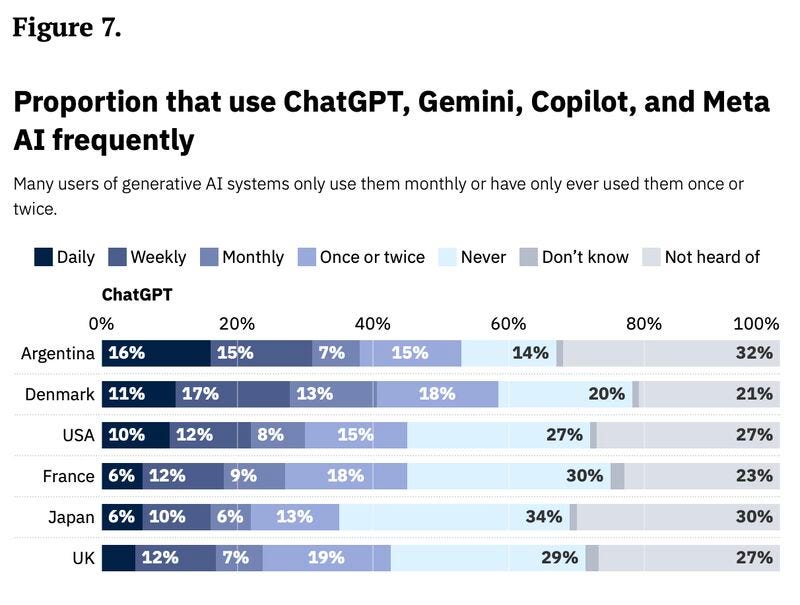
Great takes
Fantastic interview and some great insights from Max. I was particularly taken by his discussion of how Altman and others tend to oversimplify creativity. In many ways most AI tools are an extremely small number of people's view of what human creativity can and can be. That is why despite understandable concerns I know that the creative arts will be ok. Creating art for humans is a distinctly messy, chaotic, and human affair. 🙏